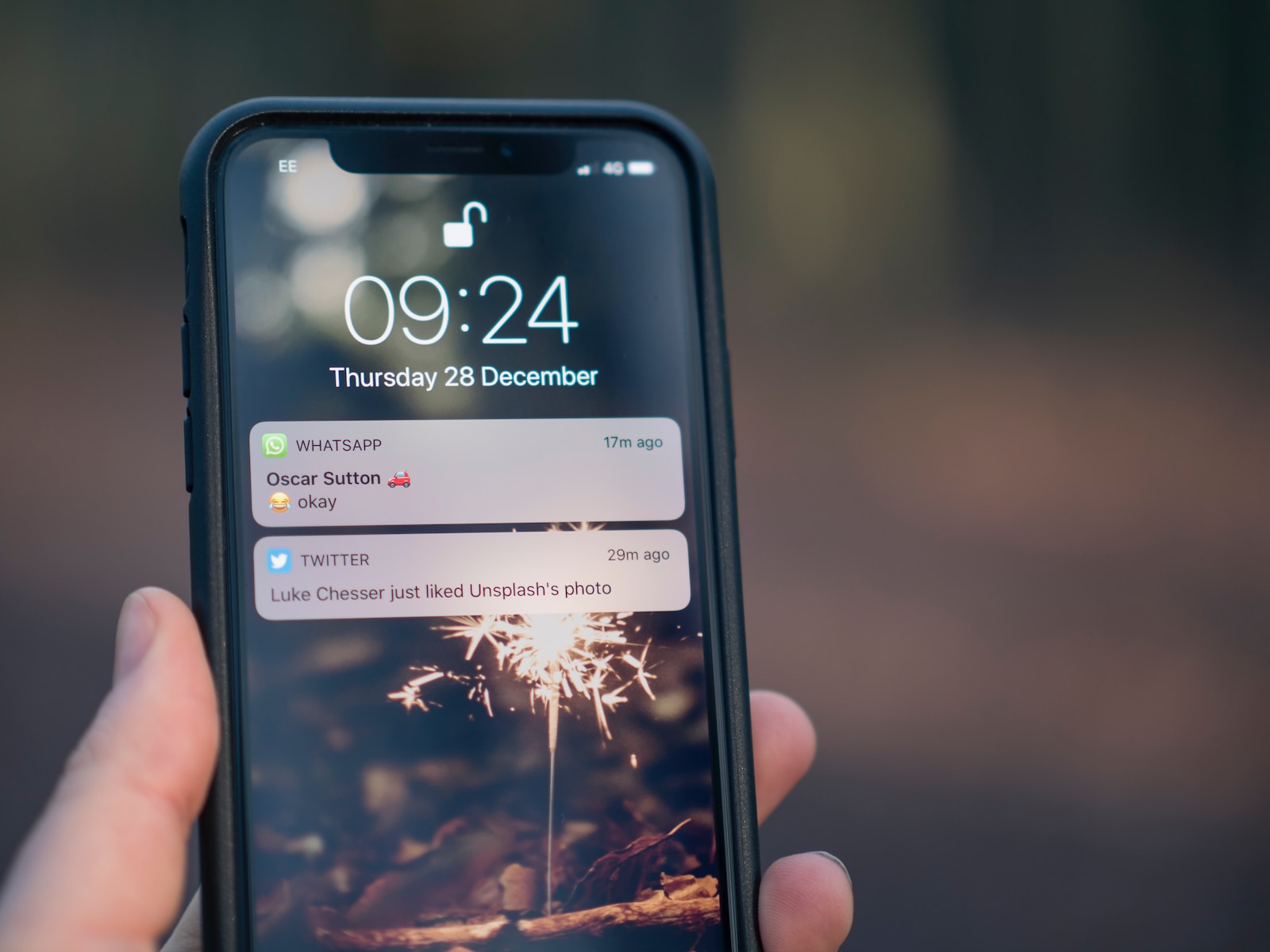Last Updated on: 22nd November 2023, 12:59 am
With a reliable push notification service, such as Nashpush, companies as well as other entities may communicate with their consumers even when they aren’t logged into the app or website. Push notifications may be used to distribute a wide variety of information, including advertisements, reminders, news updates, and more. To send a message to a user’s device through push notifications, a message must first be delivered to a messaging server. A user’s preferences and behaviors inside an app or website will determine what kinds of push notifications they get from the provider. Groups of individuals who share attributes like location or activity history may get personalized push notifications. This makes them an effective method of advertising for businesses that want to foster two-way communication with their customers in real-time and increase the participation of their target audience.
Push notification service functional requirements
The exact technical specifications for using push notifications vary across systems and service providers, but in principle, you’ll require:
- App or website. Push notifications may only be sent to users who have already downloaded and are using your mobile website or application. It is essential that the web page or application support push notifications and connect to a push notification supplier.
- Integrating APIs. Your app or website will need to have an API interaction with the text notification service company. Based on a user’s or group’s preferences and behavior, the service may then send out specialized messages.
- The IM server accessible online. The push notification service can’t work without a server to receive and store alerts, as well as deliver them to the right devices.
- Device registered. Before users may get alerts after installing or accessing your app or website, their gadgets must be registered with the push notification provider. This means the service may send notifications to the device.
- Users must agree to participate. Users of your app or website need to actively opt-in to get push notifications. A permission dialog may appear at the very first launch of the application or website, requesting access to certain data.
- Protection. For the push notification service to function correctly, it is necessary to have encrypted data transmission between the website or application and the messaging server. Many security technologies, including HTTPS encrypting, SSL certificates, and others, may be used for this purpose.
The push notification service you use also has to be compatible with the hardware and software used by your target audience. This includes a broad variety of mobile operating systems, online browsers, and even smartwatches.
Positive moments of using push notification service
Offering push alerts to one’s customers comes with a number of advantageous side effects. Consumers may get immediate and useful updates about sales, promotions, and other events through push notifications. This will prevent them from missing out on opportunities due to a lack of quickness. The usefulness and relevance of push notifications may be improved by adapting them to the user’s behaviors and preferences. For example, a consumer who often makes purchases in the fashion category may get a push alert offering a special price on garments. A push notification service may increase consumer involvement, commitment, and conversion rates because of its convenience, adaptability, and promptness.









